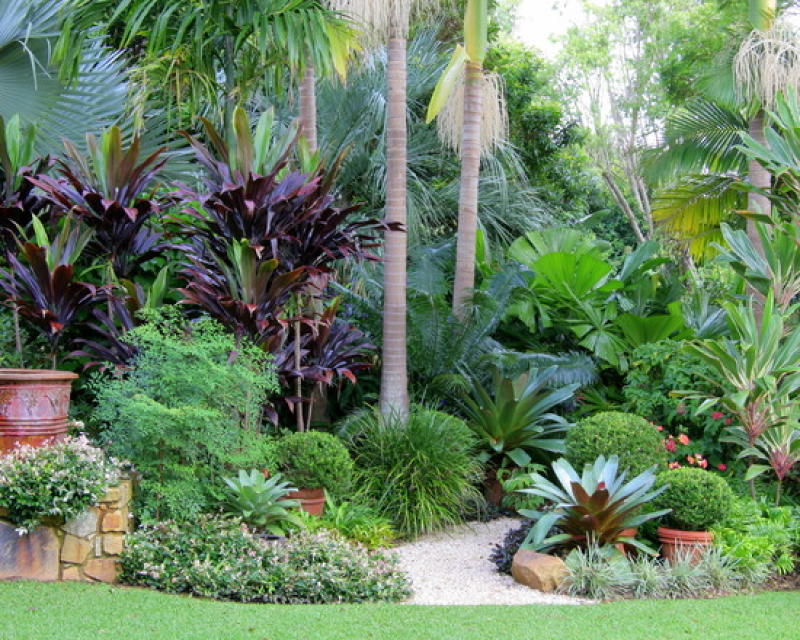
Trees provide oxygen, conserve energy and the environment, provide habitat to birds and other animals, provide food and medicine and so on and so forth.
Palm trees do more. They are among the most highly priced and valued landscape plants. They are true gems for the landscape designer: charismatic, instantly recognisable without being domineering.
Today we look at how to work with palm trees.
Selecting a palm tree that works for you starts with being able to identify one from the next. Sometimes, making an accurate palm tree identification can be challenging and confusing even to experienced gardeners.
The best place to start narrowing down your identification is looking at the leaves.
Are they feather-shaped pinnate, or fan-shaped palmate? If they are bi-pinnate, then it is automatically one of the fishtail varieties.
Trunk and fruits
The next place to look at is the trunk. First and foremost, does it even have an above-ground trunk? What of the colour and texture of the trunk? Lastly, look at the flowers and fruits (if any).
How big and what shape are the fruits? What colour are they when they first start and when they ripe?
Answering all these questions should get you a clearer picture of which palm tree you are dealing with. Knowing your palm tree helps you make the right decisions as where to grow it, the space it needs and what kind of care it requires.
Successfully growing palm trees isn’t that hard if you have the correct information on a particular tree and can then match its optimum growing conditions.
Typically, the most important considerations will be whether the palm tree requires full sun or it can grow in some shade. Whether it requires acidic or alkaline soils and lastly its tolerance to drought or salty conditions.
Ask your local nursery vendor these basic questions before you settle on a particular specimen. Sketch out a planting plan showing the location of the palm trees you’ve selected in relation to the existing and planned structures, services and the rest of the vegetation you wish to accommodate.
This will help you to rationally distribute your palm trees within the available space without compromising the functionality of existing and planned structures and services.
Stay informed. Subscribe to our newsletter
Planting
For each of your palm trees, make a hole about 1.5 to two times the width of your seedling’s root ball. Place the seedling so that the top of the roots is exactly level with the surrounding soil.
Place your new palm in the centre of the hole and back fill the soil around it. If you need some organic matter mixed in, now is the time to do that too.
- The writer is a landscape architect
homeandaway@standardmedia.co.ke
 The Standard Group Plc is a
multi-media organization with investments in media platforms spanning newspaper
print operations, television, radio broadcasting, digital and online services. The
Standard Group is recognized as a leading multi-media house in Kenya with a key
influence in matters of national and international interest.
The Standard Group Plc is a
multi-media organization with investments in media platforms spanning newspaper
print operations, television, radio broadcasting, digital and online services. The
Standard Group is recognized as a leading multi-media house in Kenya with a key
influence in matters of national and international interest.
 The Standard Group Plc is a
multi-media organization with investments in media platforms spanning newspaper
print operations, television, radio broadcasting, digital and online services. The
Standard Group is recognized as a leading multi-media house in Kenya with a key
influence in matters of national and international interest.
The Standard Group Plc is a
multi-media organization with investments in media platforms spanning newspaper
print operations, television, radio broadcasting, digital and online services. The
Standard Group is recognized as a leading multi-media house in Kenya with a key
influence in matters of national and international interest.


